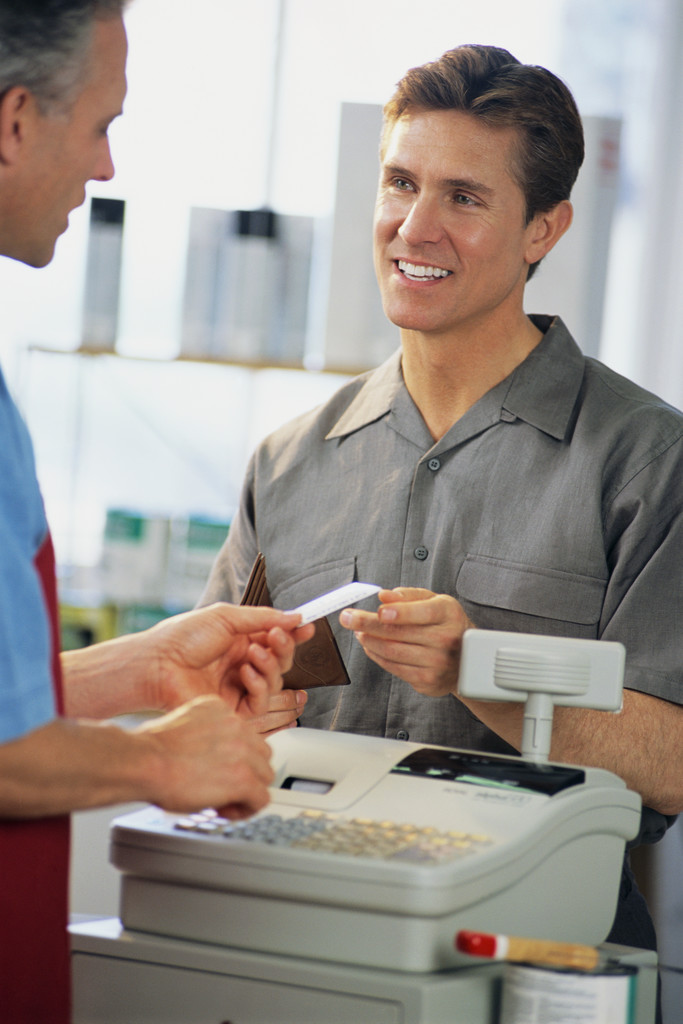LOYALTY MARKETING
SECTION ONE
SECTION TWO
ShopperTech Blog
When Loyalty Programs Become the Opposite of Loyalty
During a speaking engagement at the AFS 2012 Industry Conference in Arizona, Supermarket
Guru Phil Lempert posed a really interesting, rhetorical question: Why do grocery retailers
“reward” consumers buying 12 items or less with a special checkout lane? Shouldn’t they
offer the special privilege of a speedy check-out to the shopper with an overflowing cart?
This got our wheels turning about the many loyalty programs bombarding the marketplace.
The average consumer now possesses at least 12 branded plastic tags tucked into a wallet or
dangling from a keychain. Loyalty programs are not limited to the food and beverage space either; almost every type of business offers perks, points or discounts for filling up the gas tank, booking a hotel stay or dropping off dry cleaning.
But are these programs, which are designed to reward the most loyal consumers, truly effective? According to the marketing consultants at Kerching Retail, the key to a successful customer loyalty program is that it is attractive enough for customers to change their behavior, but not so great to erode margins. In the grand scheme of things, loyalty programs are about incentivizing customers to behave in a particular way that benefits your business.
For example, coffee shops commonly promote the “Buy 5, Get 6th Beverage Free” scheme. What might be more effective is rewarding coffee lovers with a larger cup size or a free pastry in order to generate a different type of buying behavior. The consumer may be swayed to switch its regular order to now always include a pastry, which just contributed to your bottom line.
Tiered reward programs have found success in encouraging customers to buy extra products to reach a higher status level. This is common with Silver, Gold and Platinum air mile programs. This type of program does not disguise the fact that the most “loyal” customers are indeed treated better. Airlines have been known to bump air mile customers to first class just to get a taste of what traveling at an elite status would be like.
Some say an efficient loyalty program essentially becomes the opposite of loyalty. With this approach, retailers are better off extending richer rewards to the worst customers, not the big spenders or frequent shoppers. The thought process is this: new sales and market share growth can only come from converting brand agnostic shoppers into loyal ones. To do this successfully, disloyal customers must receive richer, more targeted offers and nice incentives in an effort win their business.
Can treating one-off customers like royalty change their shopping behavior? Maybe the mindset behind loyalty programs really does need to change…
This blog was provided by AFS Technologies. More info: www.afsi.com.
Click on the LinkedIn logo to join the new Shopper Technology Institute Discussion Group
SECTION THREE

